One of the most impressive achievements of the British Empire was to meticulously collect artefacts, pack them up and drag them to London, where they were all hoarded and put on display over the centuries that the British Empire prospered. Of course, there are arguments on how legal this is, and there is plenty of discussion on this subject; entirely from a personal and selfish standpoint, I am more than happy to have it all in one place, as I can see the various treasures of the world in one location.
The other thing that I found quite surprising, and obviously appreciated, is the fact that everything is free. The Science Museum was free. The British Museum is free. It is truly a statement on the commitment to the advancement of culture when such collections are put on display for free. Take that, Louvre.
The rather imposing stone at the entrance: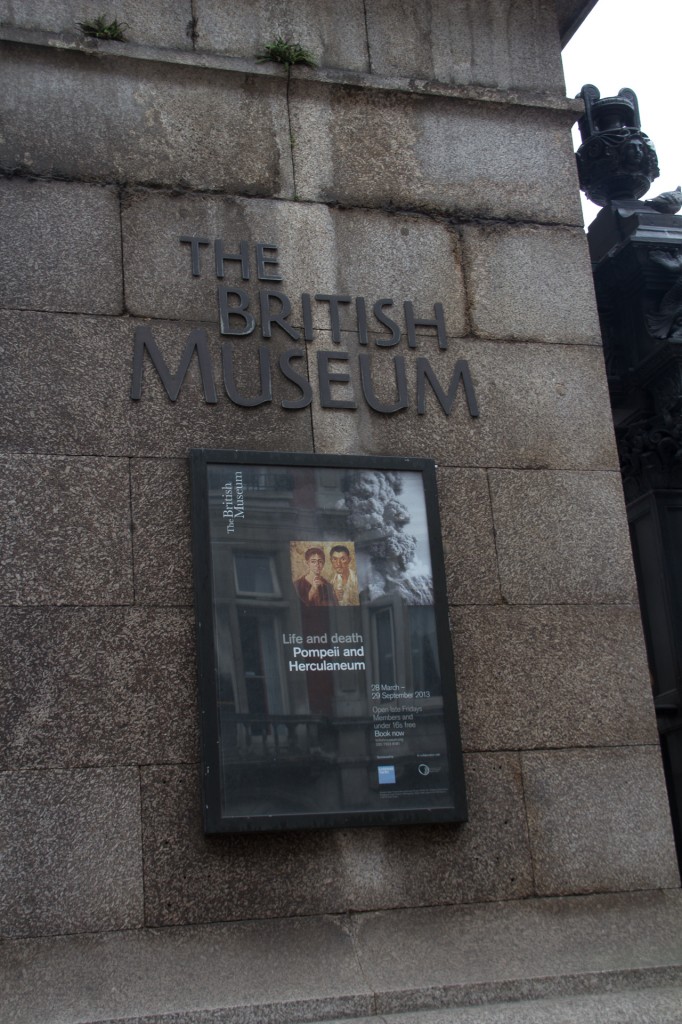
Since we only had an afternoon, and since a good-quality visit to the British Museum can take a solid week, if not more, we had to focus our attention on the key artefacts on display. There are many, but some represent cornerstones of our society, and this was worth seeing.
The Japan section (it had a whole small wing, all to itself):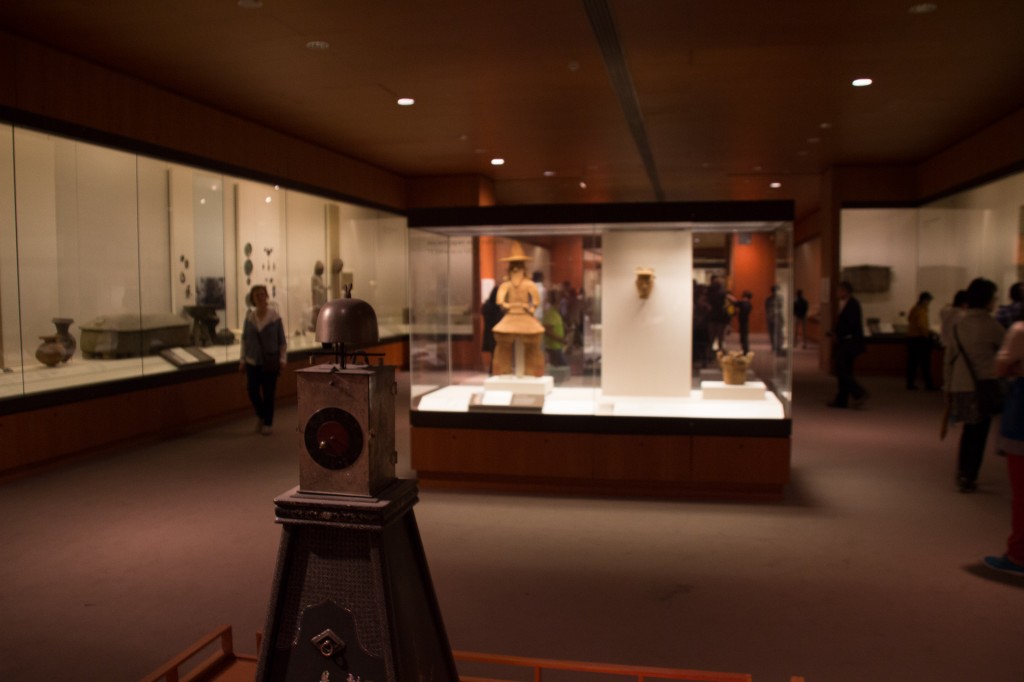
This was interesting, because the katana on display dates back to about the year 1200, but the metal, and the blade, are perfectly clean and smooth. Of course, this sort of thing gets polished and so on, but try polishing a kitchen knife from about 1990 – that should make you appreciate a blade from 800 years ago that still looks brand new today.
Persian golden artefacts from about 5th-4th centuries BC (the Oxus treasure):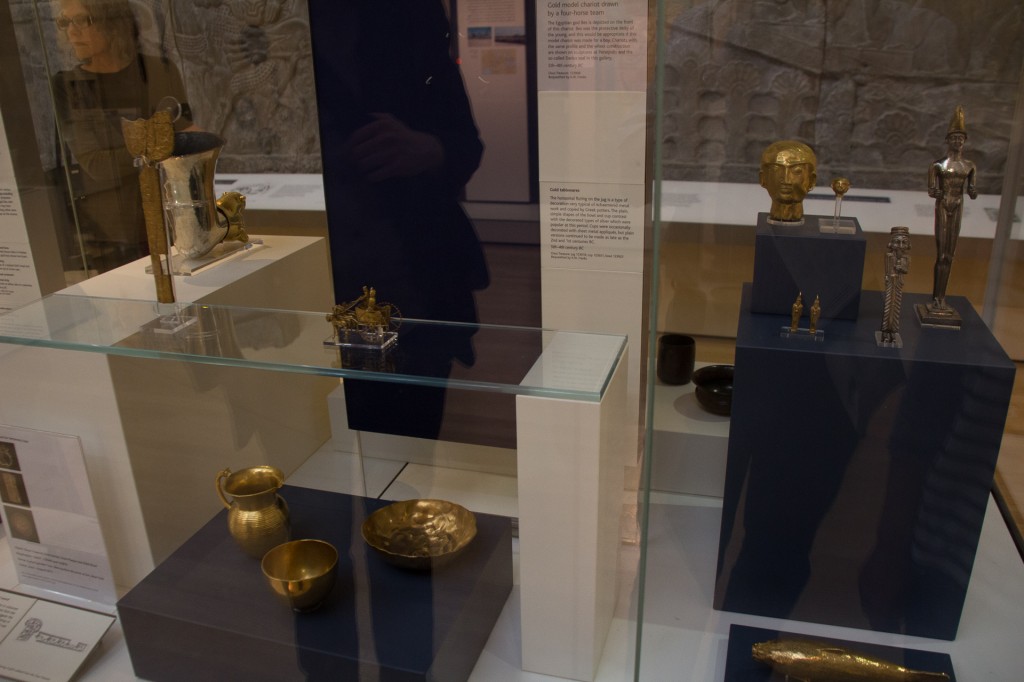
This in particular is the Oxus Chariot model:
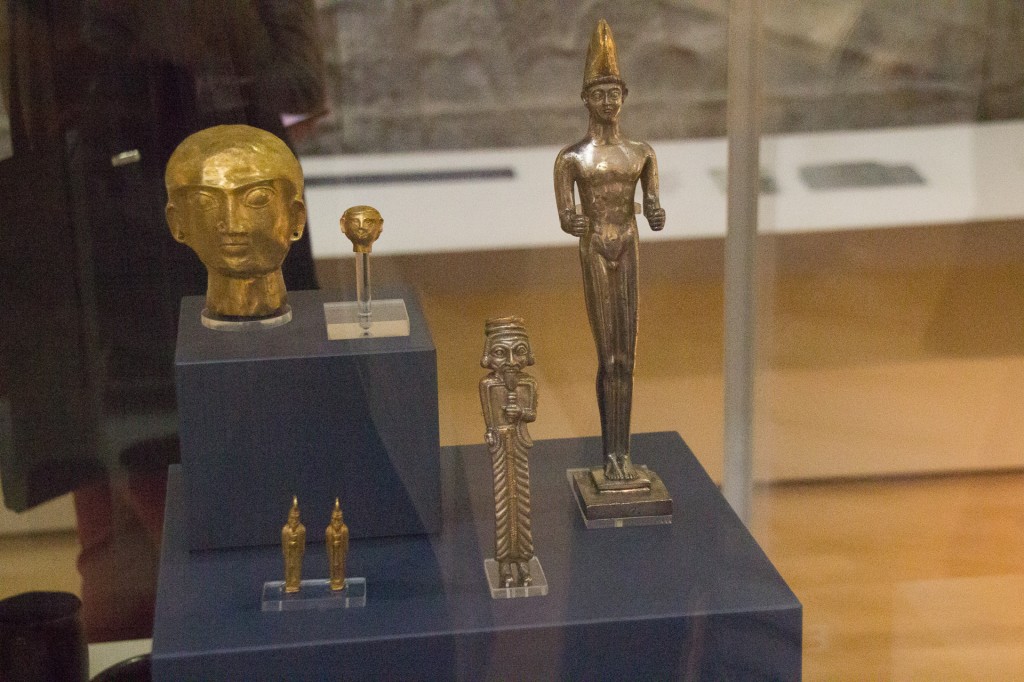
The Lewis Chessmen (popularised in Harry Potter, but immortalised far before that):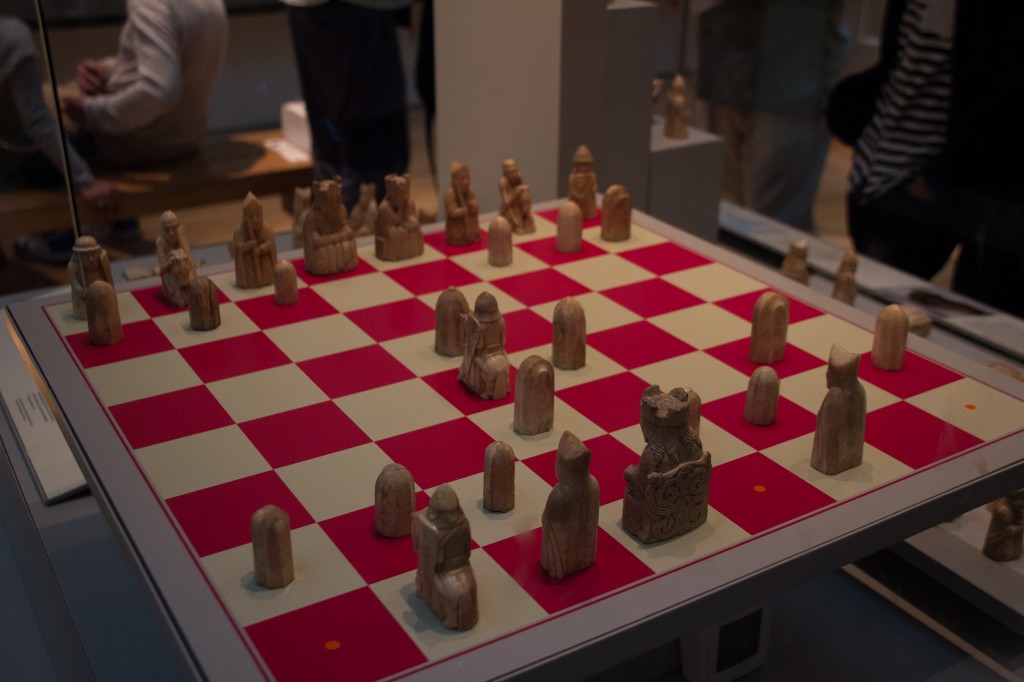

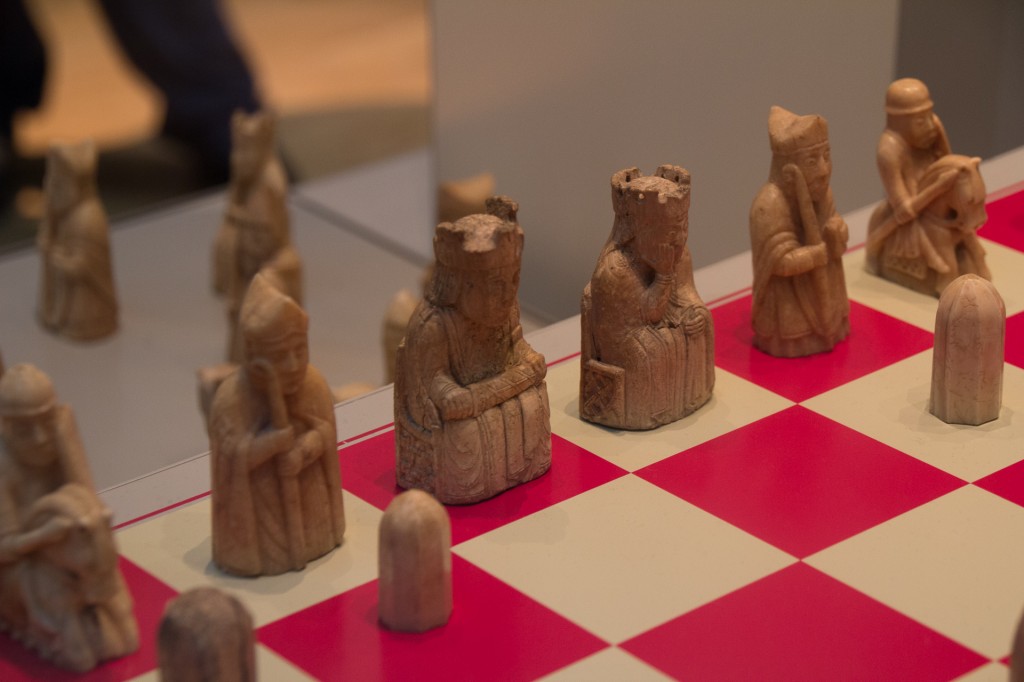

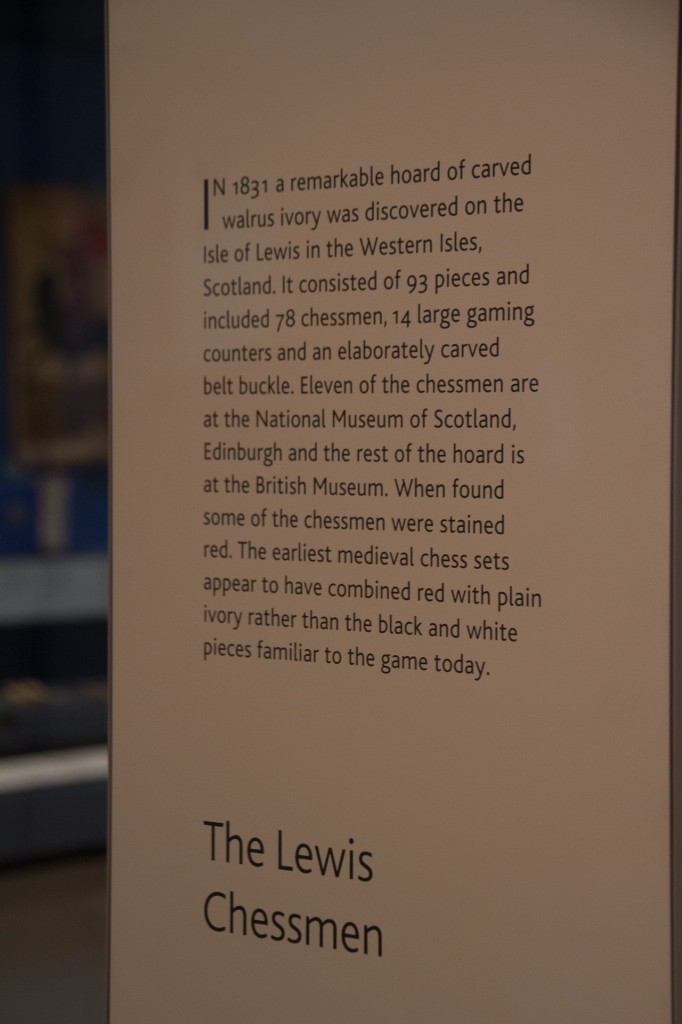
And, of course, the Rosetta Stone. It is absolutely fascinating in person, and once you see the hieroglyphics, demotic and Greek texts, it kind of dawns on you how impressive it is.
All the while there are idiots taking pictures of themselves with the Rosetta Stone in the background. It is an aside, but I honestly have never understood the appeal of that. Why would one take a picture of themselves beside a famous artefact? I have seen this with the Venus de Milo in Louvre, the Minotaur torso in the Louvre, the Rome wolf in Rome, and the list goes on, and on, and on, and people just do. not. stop. It’s not like they discovered it, so why do they put their tourist faces beside such precious objects? It was no different with the Rosetta stone. If they need proof of having been there, then isn’t the picture itself sufficient proof? Anyway, I digress. Back on subject.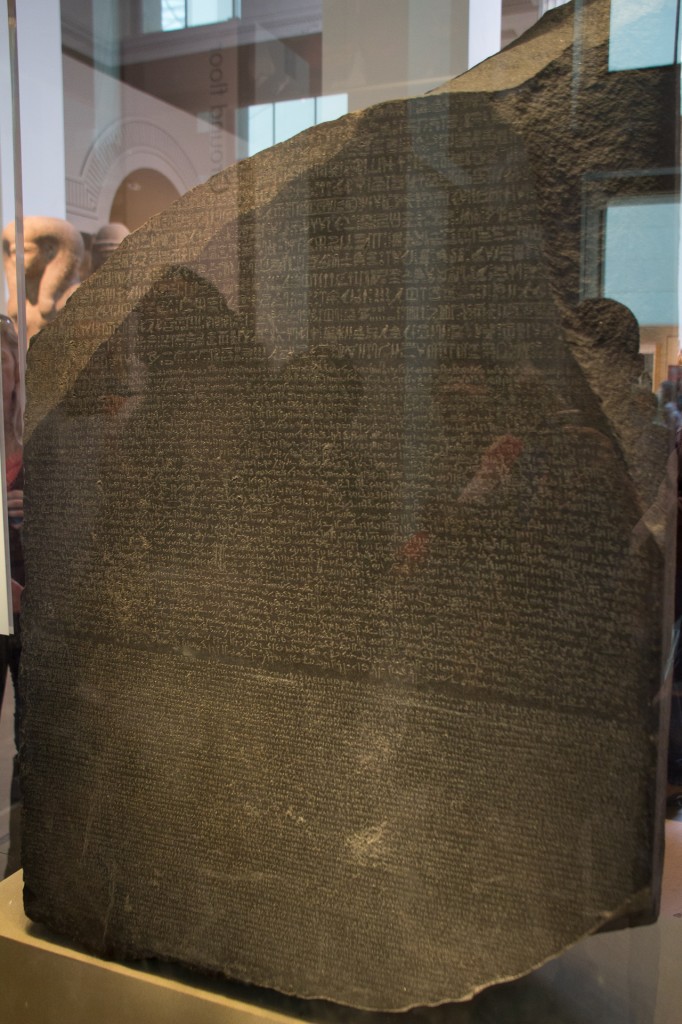
iPhone cases in the shop outside (notice Hiroshige’s The Great Wave off Kanagawa – isn’t it awesome how Hiroshige’s prints are all over the place, and all “original”?). The Rosetta Stone case was actually not bad. But considering how anti-iPhone-case I generally am (why destroy the otherwise beautiful design with a bulky concoction?), I passed.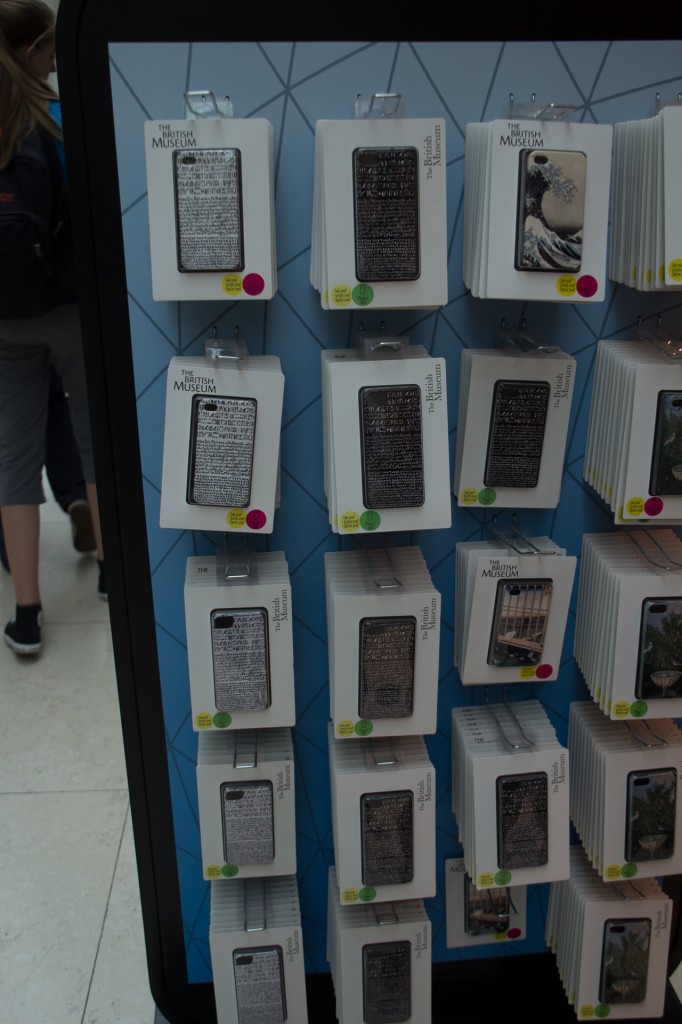
This is something I have wanted to see for a very, very long time. Having missed the awesome business class sale from JFK to IPC (Easter Island) on American Airlines for $900 round-trip (well, didn’t quite miss it, more like realised I couldn’t possibly make this many trips and still remain gainfully employed), I figured this was a great backup plan.
Really, it is awesome. Now I regret not having gone to IPC, but now I want to go twice as much. Sadly, only oneworld flies there, but we’ll figure it out when the time comes.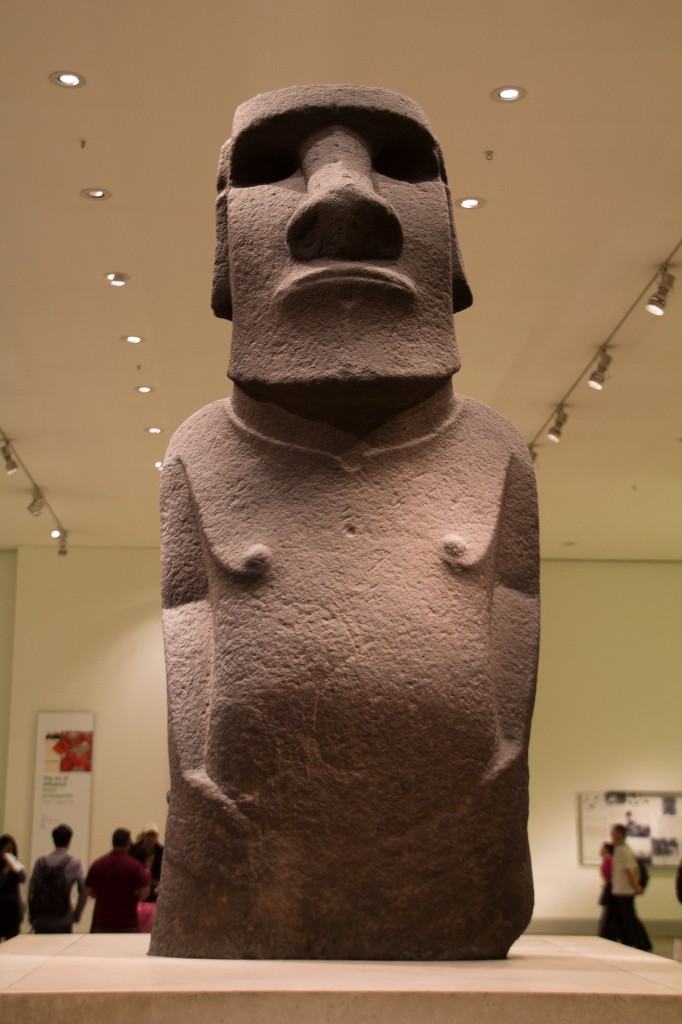
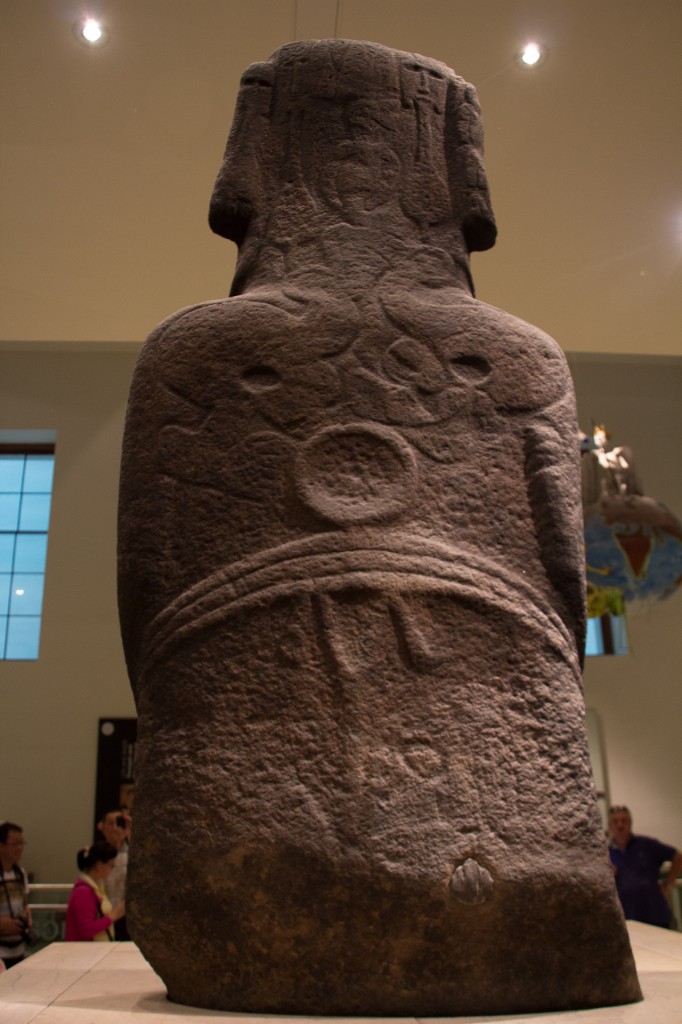
And, of course, (currently) one of the most disputed collections at the British Museum – the Elgin Marbles, aka the Parthenon Collection that Greece wants back so much. Not that I’m against it, but, you know, it would be nice if the rest of the Parthenon was there to put this collection in it on display……… oh wait, it kind of got destroyed along with most of the rest of Ancient Greece.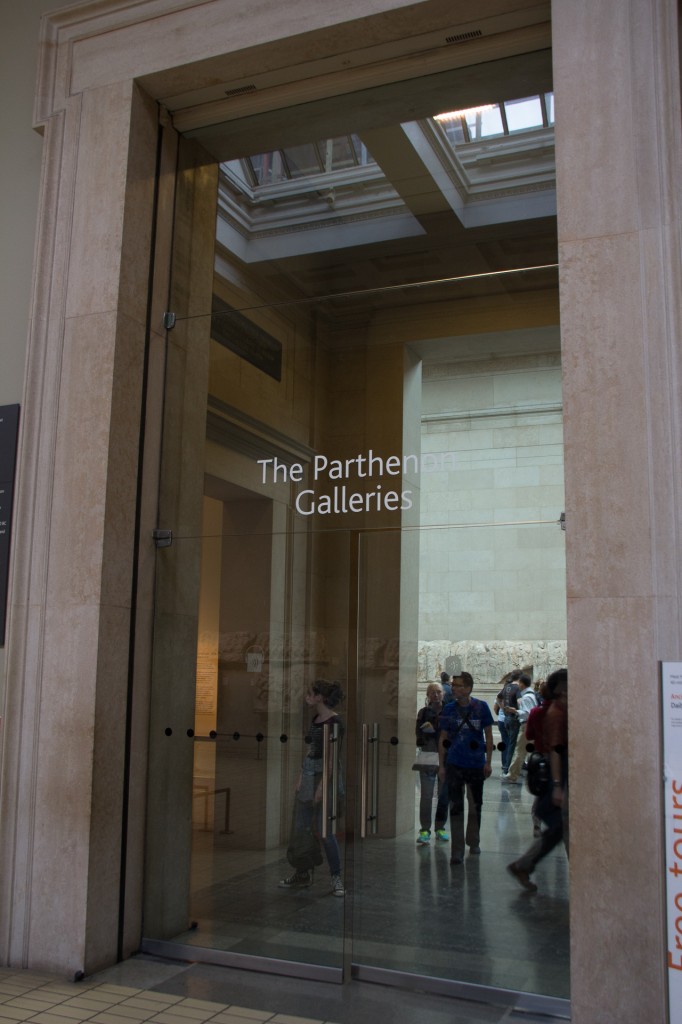


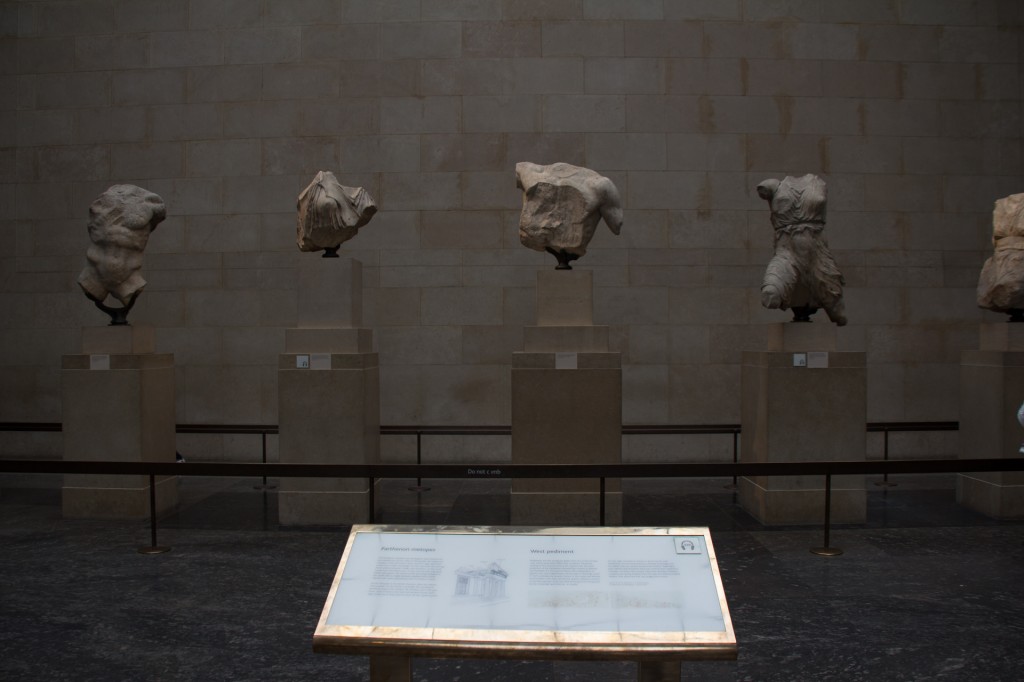
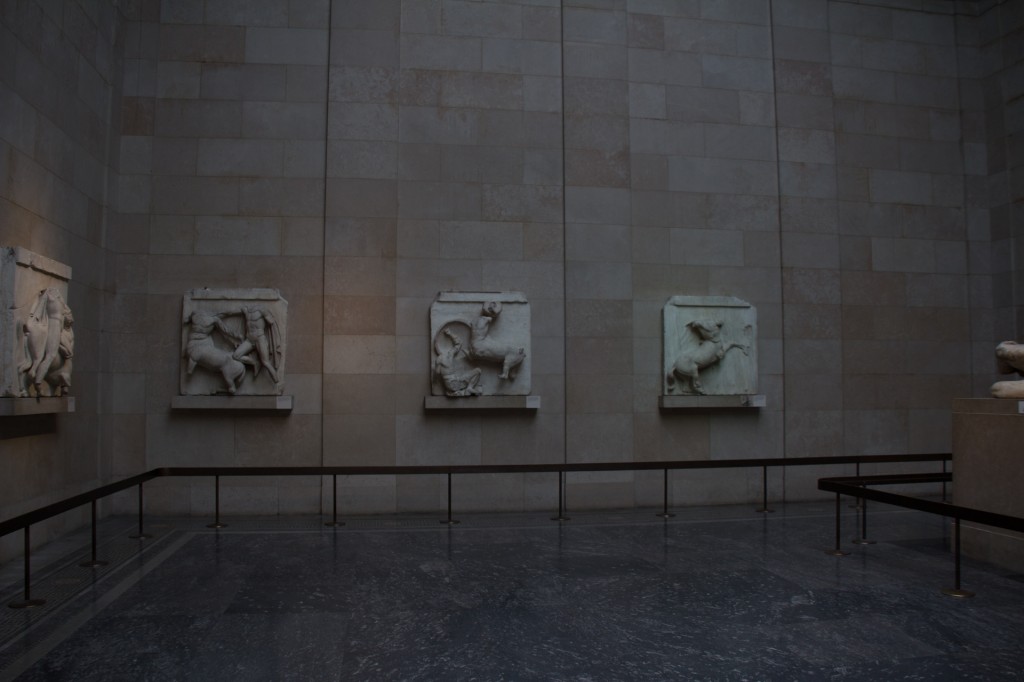
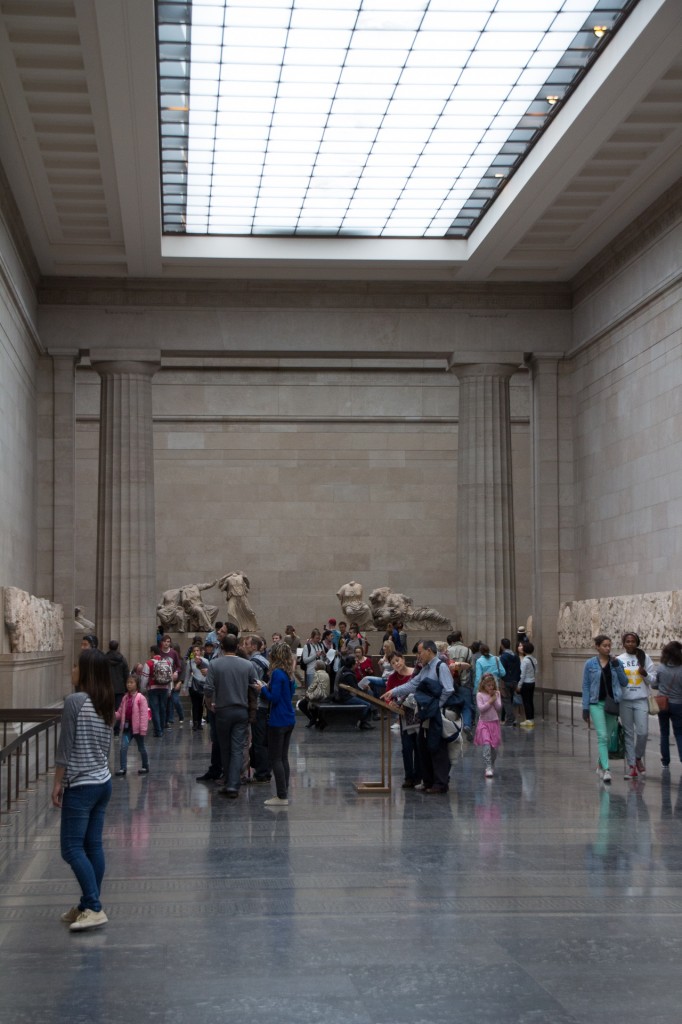
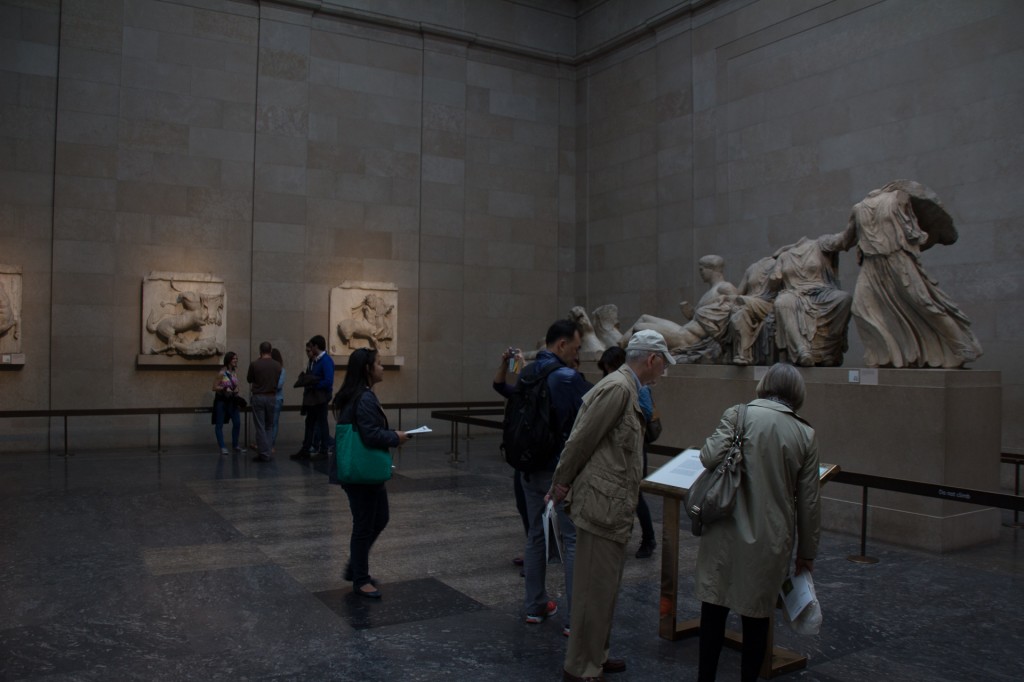

More tourists taking pictures of themselves. These are desperate enough to do it in front of a random lion at the entrance, not even in the galleries.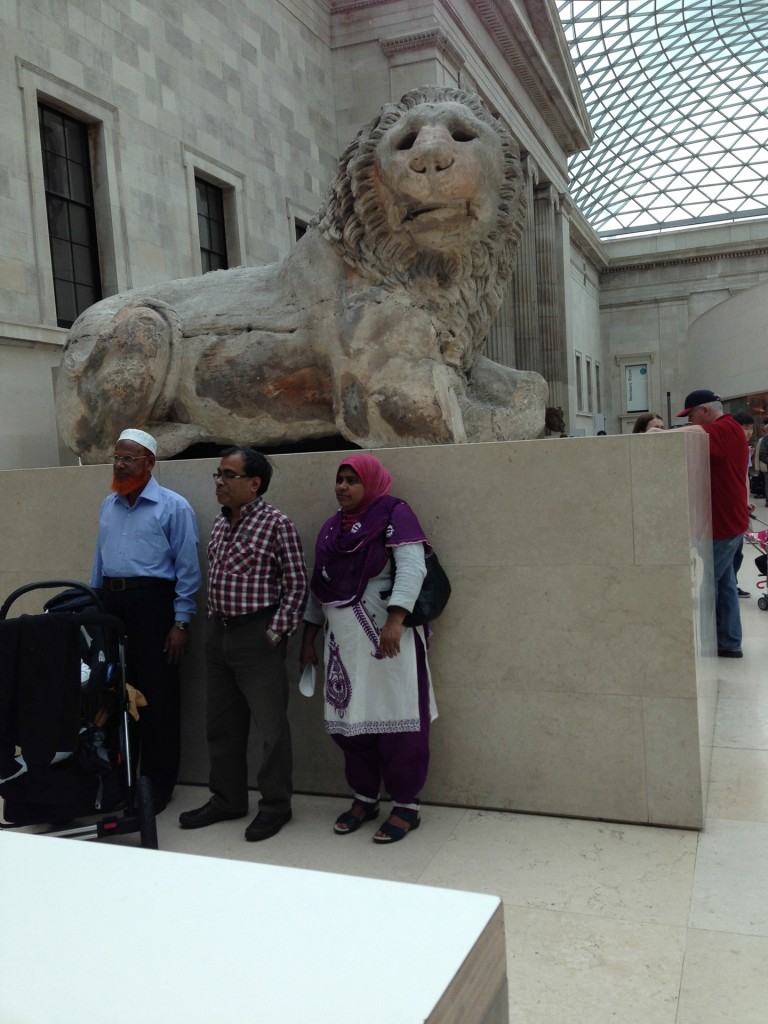
All in all, a very worthwhile visit. Truly, the British Museum is a phenomenal collection of artefacts of humanity, and certainly deserves more than the four or five hours that we allocated it.

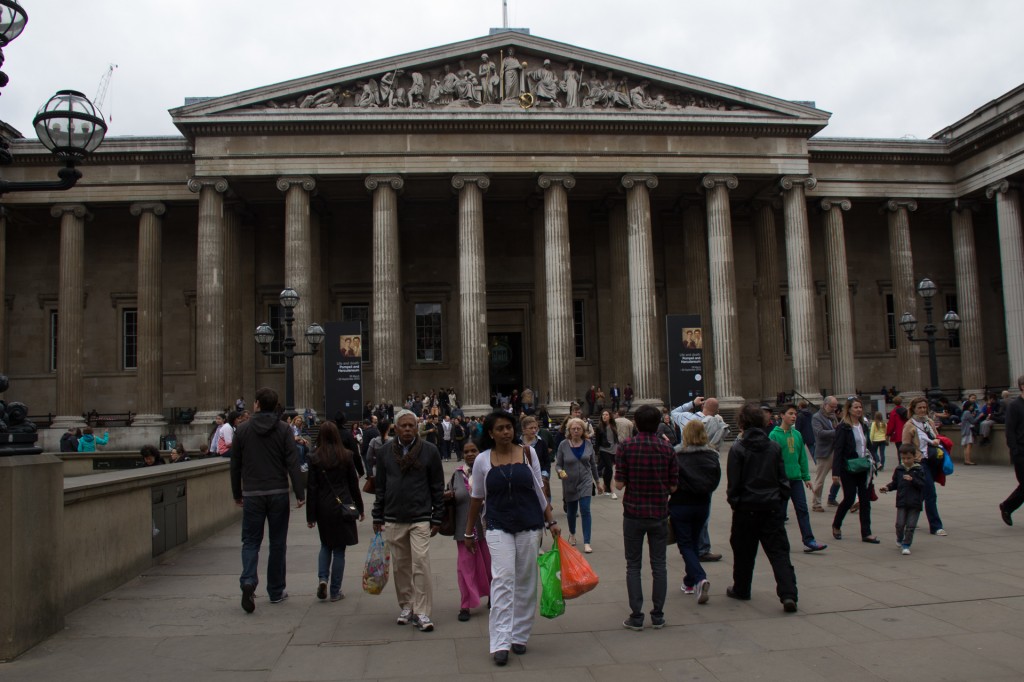


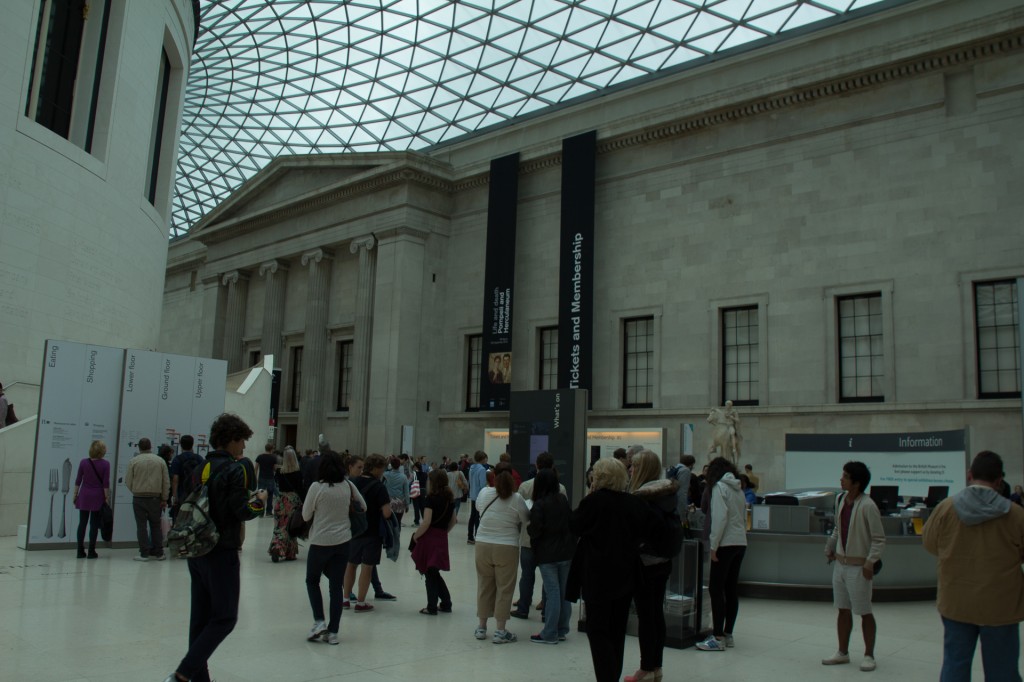

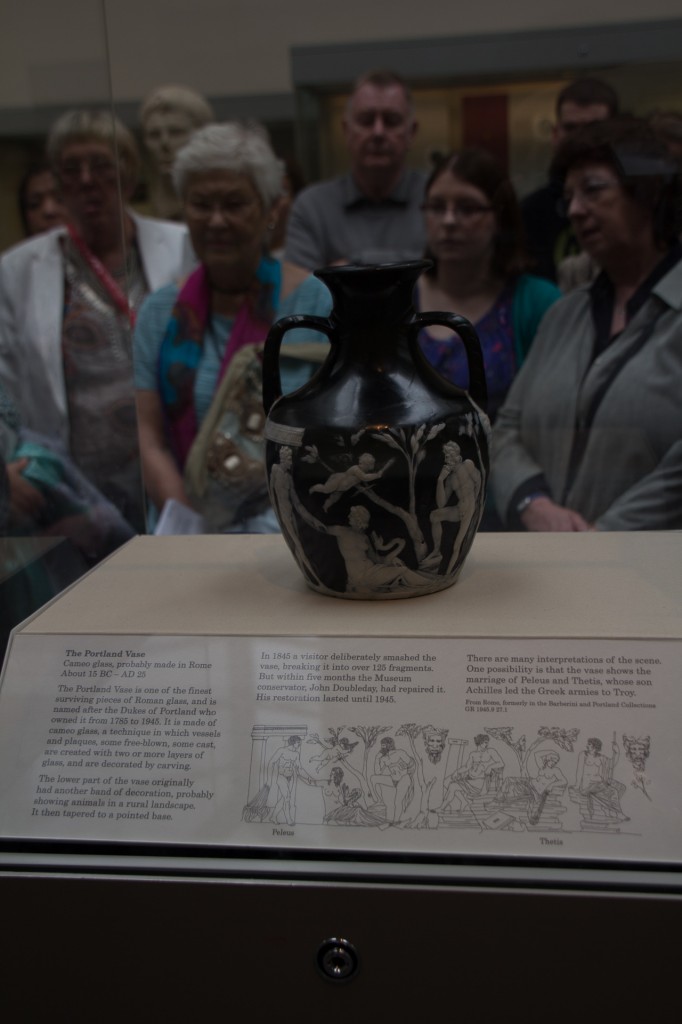
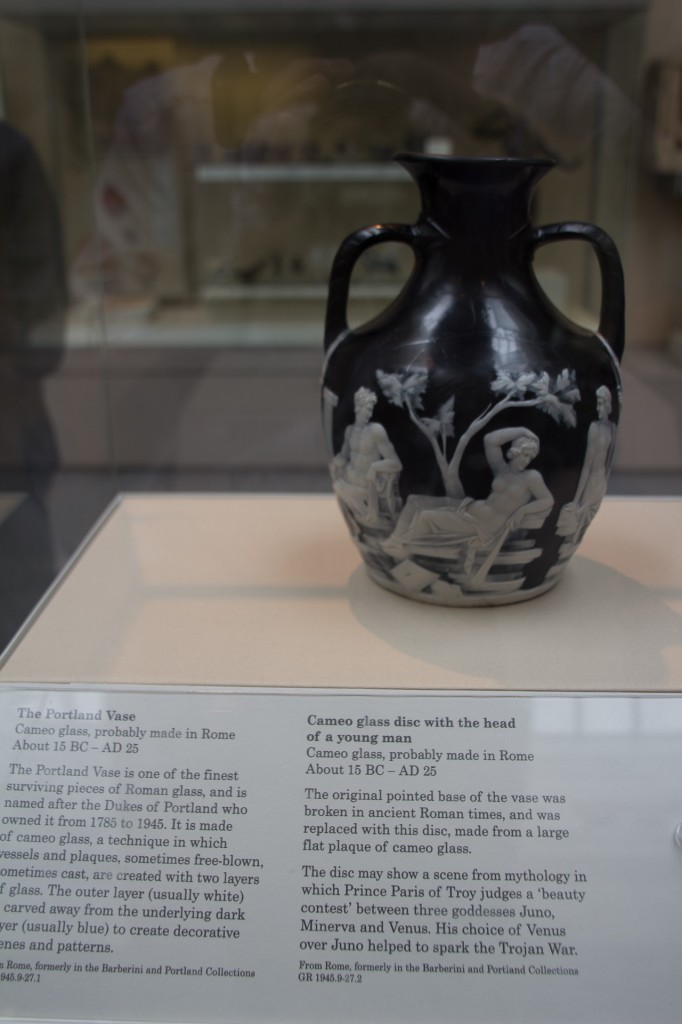
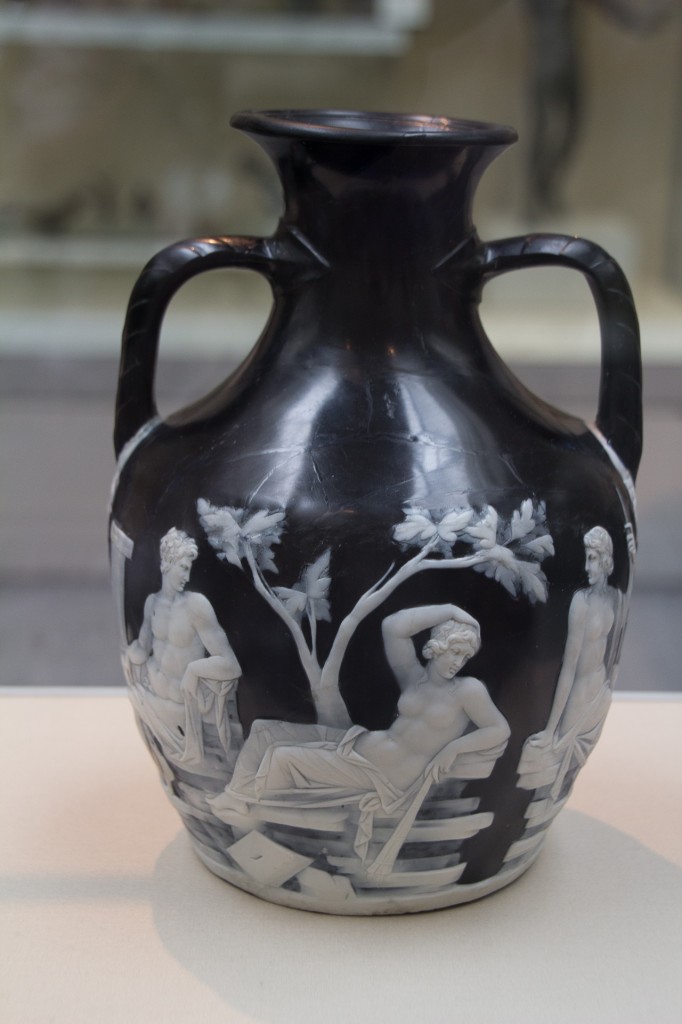
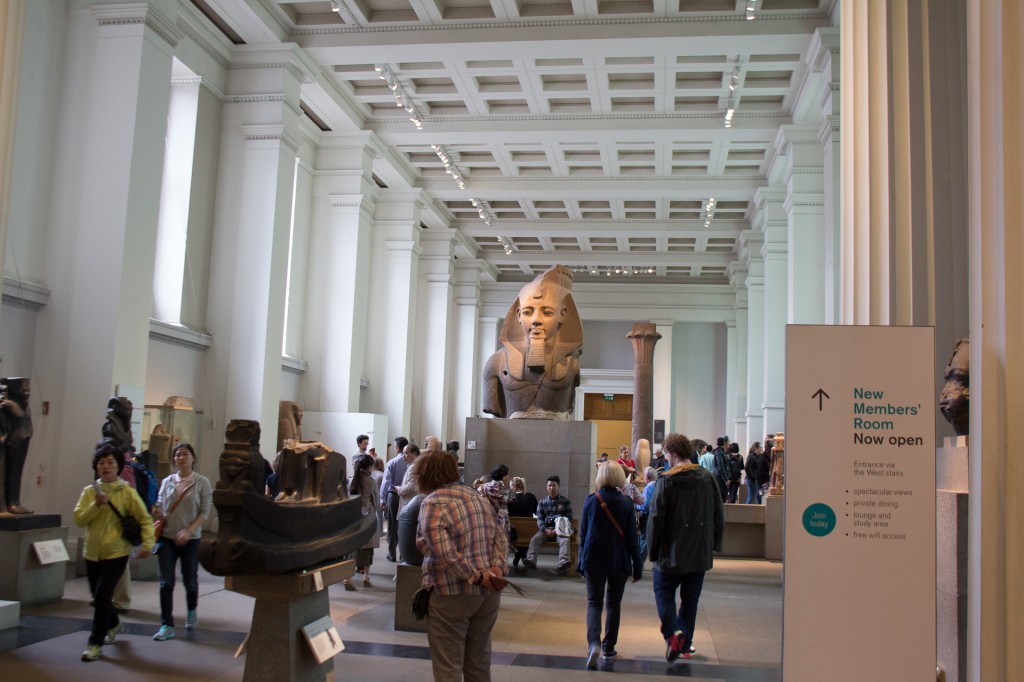

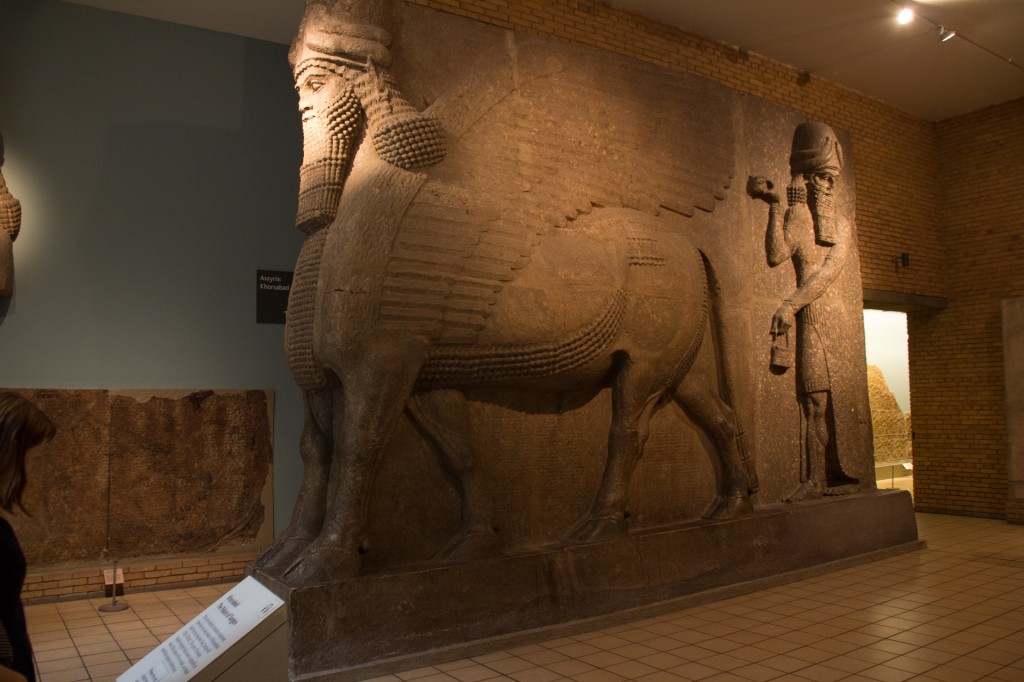
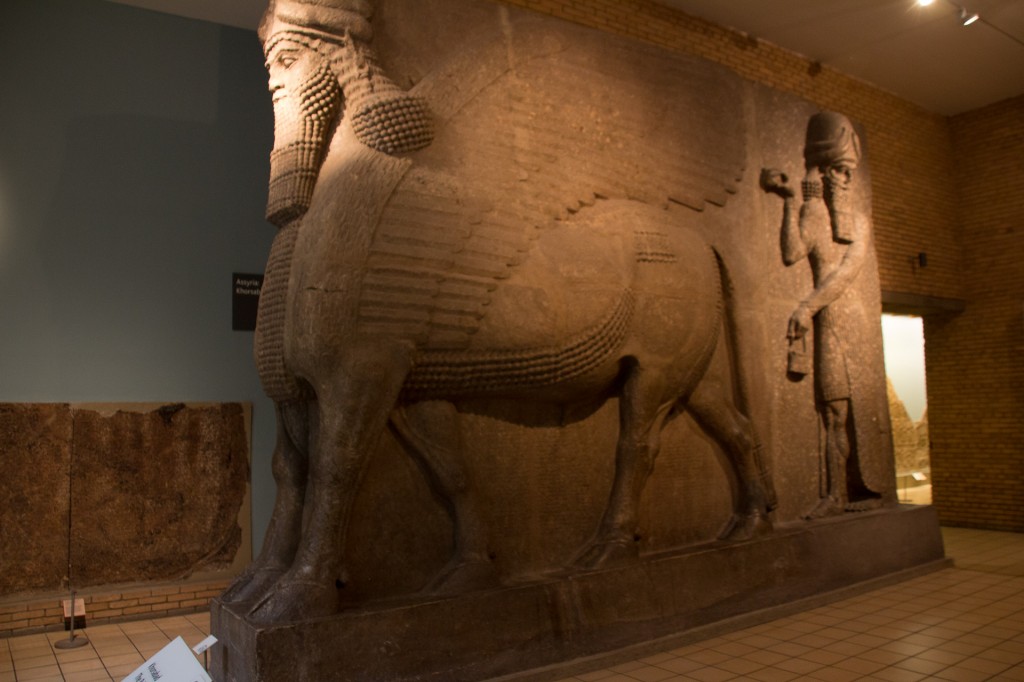
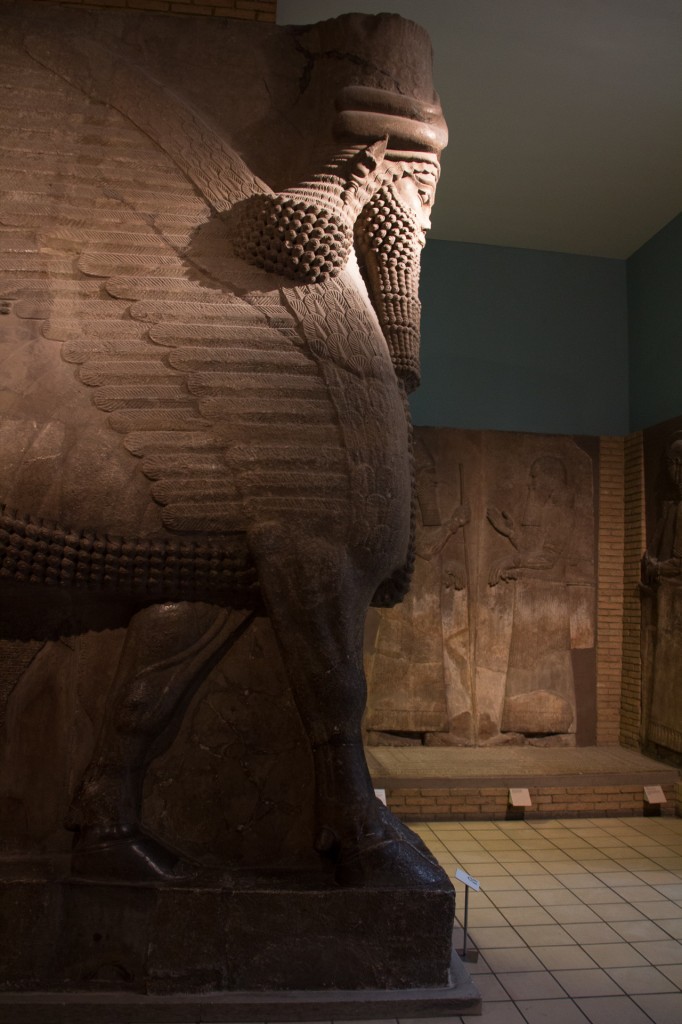



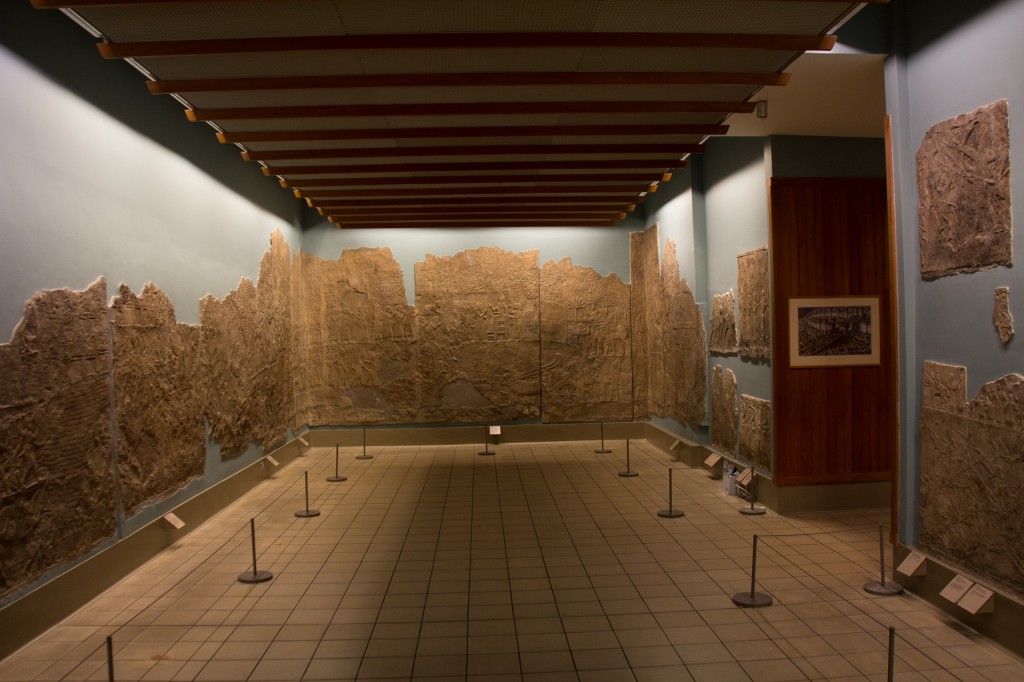
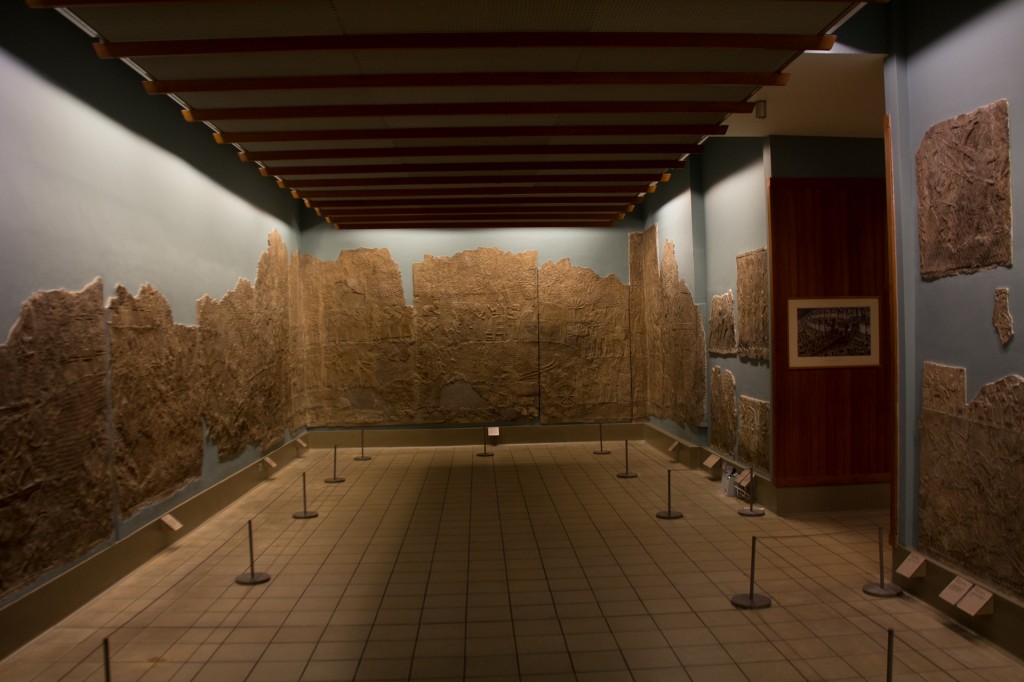
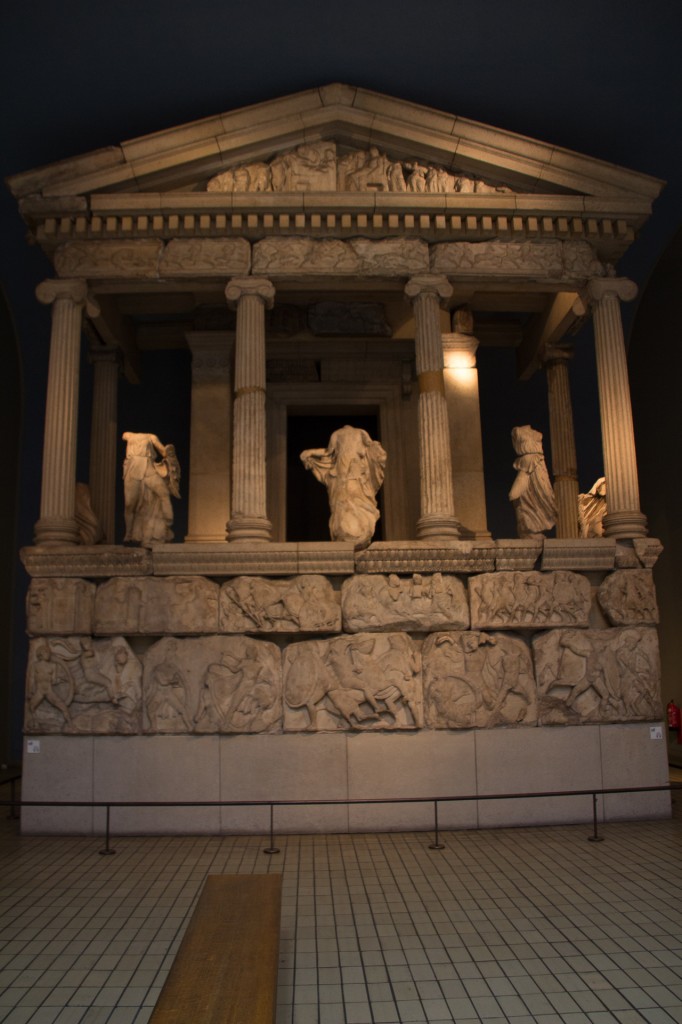
You must log in to post a comment.